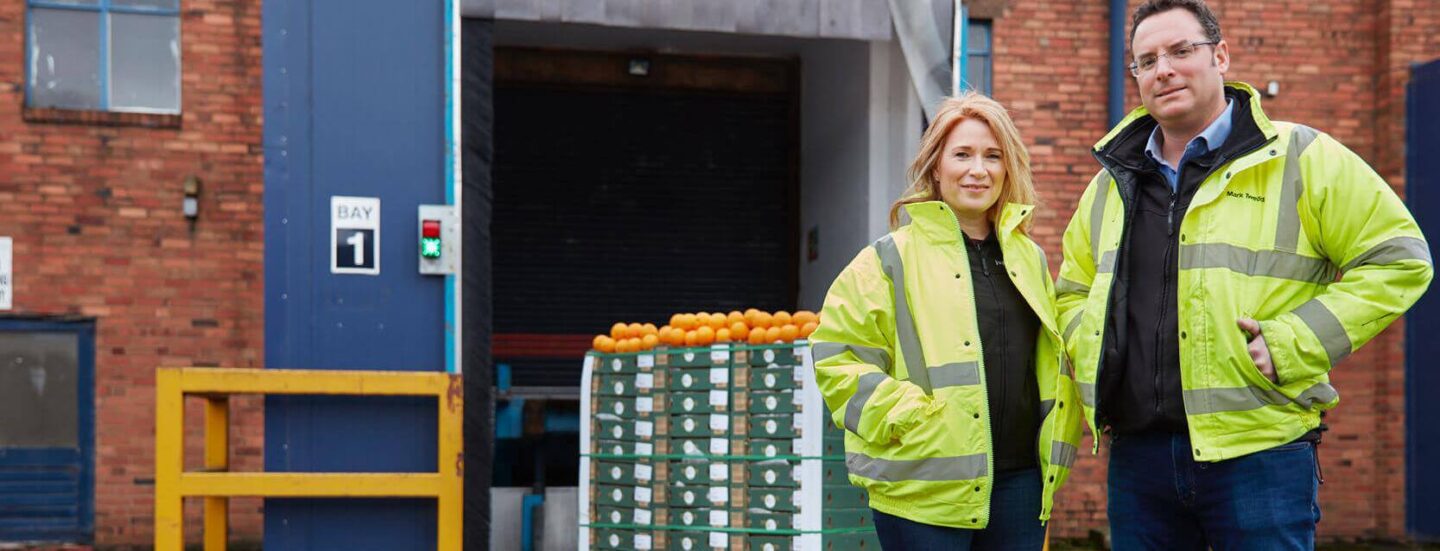Money Matters
Construction project start-up checklist
Need to keep your construction projects organised? Get your free construction project start-up checklist and boss your business today.

Why do you need a construction project start-up checklist?
As a tradesperson, running your own construction business is a different kind of challenge from working for someone else.
You’re in charge, and you’re the one responsible for generating work and making sure the projects you undertake are done successfully on budget and on time.
Any activity that hasn’t been planned or budgeted for can affect the bottom line and amount of profit you can make. That means any planning you do must account for the possibility of unforeseen issues and problems.
Even on small jobs, it’ll help if you set out precise requirements that need to be met and satisfied when it comes to various tasks, such as:
- Making proposals
- Making bids
- Negotiating contracts
- Managing tasks
- Managing budgets
- Dealing with procurement.
In this article, we cover the critical areas you may need to manage on a construction project as a tradesperson.
Once you’ve gone through them, download our free construction checklist, which you can take away and use for your projects.
Here’s what we cover:
Bidding, proposals and contracts
Bidding, proposals and contracts
As a tradesperson, you need to juggle current projects with the relationship-building side of things.
You’ll always be on the lookout for new clients and fresh jobs, so it’s essential to have a process that supports that and allows you to make competitive bids for proposals.
Winning out over other submissions demands an understanding of the prospective customer wants and needs, and requires you to deliver a high degree of quality.
If you do receive a request for proposal (RFP) or bidding opportunity, it doesn’t necessarily mean you need to submit a bid.
Bids can be quite labour intensive, so it’s worth figuring out which prospective jobs require one so you can ensure you’re making the best use of your time.
Look at the job and customer closely to determine whether it fits your business offering, you’re likely to win and you have the expertise.
You must also work out if you have the time, especially if you have other jobs on the go.
Roadmapping your project
Once you’ve won the work, an excellent first step is to develop a project roadmap.
It’s not the definitive plan—that comes later—but at the beginning, it’s good to have an overview of what needs to happen.
Here, you can set up some performance metrics that can help you understand what you need to do to please the customer.
And it’s also a good time to know whether you need to bring any people in, such as subcontractors, to help you with the project.
Manage your budget
Managing a budget for a construction project can be time-consuming, but it’s necessary to get things right.
Without keeping track of expenses, costs and cash flow, you run the risk of spending too much money for what you’re likely to earn, affecting that vital profit margin.
You need to factor in risks when it comes to costs – and that’s never straightforward.
For example, you may need to factor in unexpected expenses when it comes to labour and materials. Meanwhile, unforeseen incidents such as bad weather can push your job longer than you expect, causing problems if you’re working on a tight schedule.
Have a proactive attitude to avoid spending more than you anticipate, which means overestimating your expenses rather than underestimating them to give you some wiggle room.
You may want to use the services of an accountant to save time or if some of the financial stuff seems a little intimidating.
Planning
The next important step in managing your construction project is writing down the project’s scope and laying out what you’ll deliver.
Then you can develop a schedule in which you identify the parts and steps required to get the work completed, such as logistics and where to break tasks into smaller chunks.
It helps if you’re clear on where you’ll get your materials from and how much they’ll cost.
Use materials that fit the budget agreed to by your client because that will affect your profit margins. It’ll also help if you have a safety plan to minimise the risk of any accidents on-site.
Communication with your client should be a priority. Keep them in the loop and let them know if work might affect or inconvenience them, so you get their input and understanding.
If you outline everything you’ll be doing beforehand, your clients will have a more positive overall experience and be more inclined to pay on time, recommend your services, and come back to you the next time they have a job.
If you’re not in day-to-day contact with them, it might be worth arranging a meeting with them at scheduled times to keep them updated on the project.
Execution
After all that planning, it’s time to get down to the actual work.
Because you’ve already planned the construction project in detail, it’s now just a matter of doing the work and monitoring your activities.
You need to watch your use of materials, for example, as well as the status of any subcontractors you’re using and the state of your equipment.
You need to keep track that any expenses are within what you’ve budgeted in terms of finances.
You may have set up a payment schedule with your client as you’re in the process of doing your work, consistently reviewing whether payments are coming in when scheduled, as this will affect your cash flow.
It’s brilliant when everything goes smoothly. However, a spanner may be thrown into the works when an unexpected problem comes up, as they often do.
You might need a change order, for example, which is a change to the original scope of work.
If you have done a good job of your planning, you’ll already have prepared for this situation without losing too much on your profit margins.
Closing out the project
Finishing the work is not the end. You might want to do a final quality-control check to ensure the work you’ve provided fits what you agreed in the contract.
You may also want to take some photographic evidence or request a rating and review, so you have proof of your quality work for other potential customers to see.
Of course, make sure you get full payment. And once you’ve received it, ensure you settle debts with subcontractors and suppliers.
Finally, it’s good practice to do a final budget report and an end-of-project review to analyse what you’ve done right and wrong for next time.







Ask the author a question or share your advice